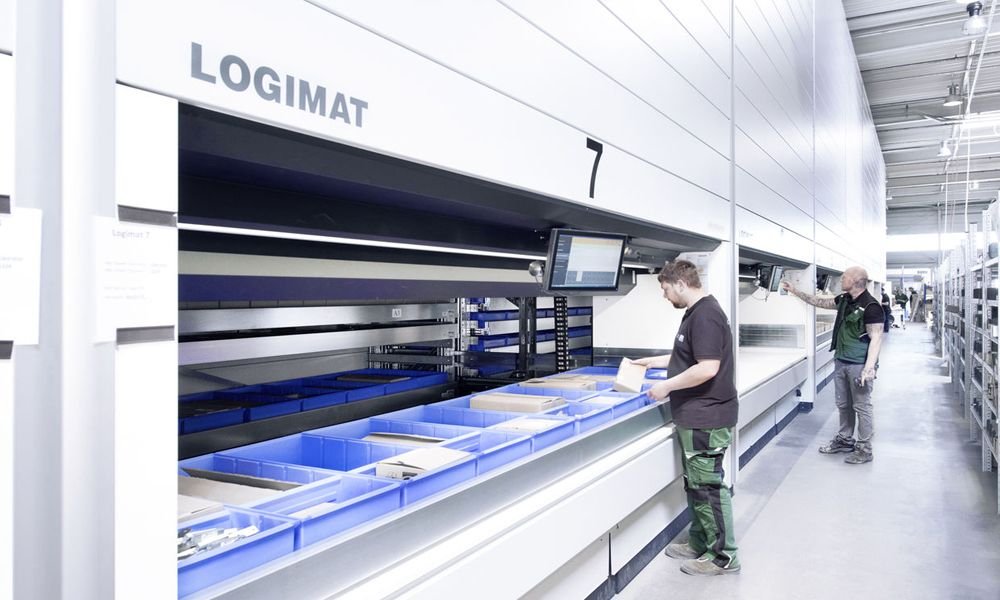Belt conveyor GUF-P 2000 CA, compact belt conveyor without any interfering contours
For most conveying applications, a compact conveyor frame on the belt conveyor is crucial. Obstructing contours, such as the drive, may protrude and be a little larger, and will mostly be outside the relevant area of the machine. If the entire conveyor is to be installed inside a machine, however, it will usually need to have few or no obstructing contours. In such cases, an internal motor is recommended
The GUF-P 2000 belt conveyor, the most versatile belt conveyor series produced by the mk Technology Group, is now available with a compact and powerful 24 V drum motor. Called the GUF-P 2000 CA, it is absolutely ideal for integrating into systems without much installation space. The ø 53 mm drive roller combined with the 50 mm tall conveyor frame profile produces a conveyor that is extremely flat without any obstructing edges. Along with start/stop control, the control module enables you to set multiple speeds and change the conveying direction.
With a permissible total load of up to 15 kg, the GUF-P 2000 CA is ideal for the majority of conveying tasks in the packaging or plastics industry. The 24 V DC drive also allows for a battery power supply. As a result, the conveyor is also perfect for use as driven load handling equipment for automated guided vehicle (AGV) systems. Furthermore, its compactness and lack of interfering contours means it can be installed on tables in workshops, schools, laboratories and elsewhere. In such environments, the GUF-P 2000 CA can also fulfil technical cleanliness requirements thanks to its clean contours.
Technical data:
Height: conveyor frame: 50 mm (ø 53 mm driving roll)
Lengths: 380 to 5000 mm
Widths: 300 to 600 mm
Load: max. 15 kg
Speed: up to 60 m/min.
Drive: 24 V DC, reversing
Accessories: side rails, stand systems, and so on, as is standard with the GUF-P 2000
The GUF-P 2000 belt conveyor with the larger ø 81.5 mm drum motor remains available under the name GUF-P 2000 CB.
Source: www.mk-group.com/





